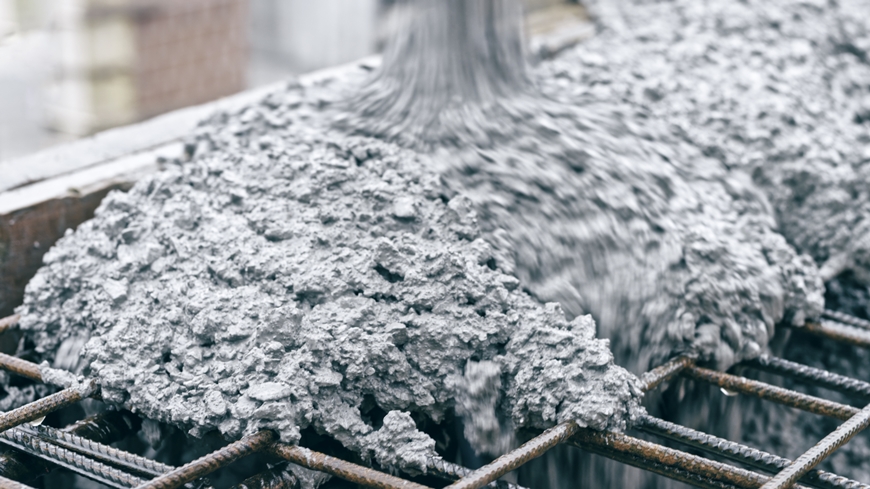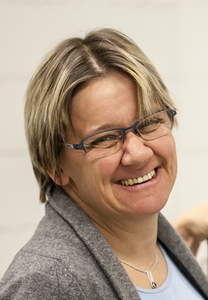Advanced Grant for Empa cement researcher
Support for the journey to CO2-negative cement
The cement industry emits large amounts of climate-damaging carbon dioxide – but alternative binders based on magnesium carbonate could even bind CO2. Concrete as a carbon sink? A research project at Empa, which had just been awarded the institute's first Advanced Grant by the Swiss National Science Foundation (SNSF), is to explore the basics of this and prepare the stage for practical applications.

More than four billion tons worldwide each year, and rising: Cement is by far the most widely used building material and inevitably releases large quantities of the CO2 "bound" in the limestone during its production from burnt lime. Although manufacturers around the world have already significantly reduced the amount of their greenhouse gas emissions - but the more global warming progresses, the more urgently alternatives are called for.
Cements based not on limestone, aka calcium carbonate (CaCO3), but on magnesium carbonates are one source of hope. Empa experts have been investigating such binders for years on the basis of the mineral olivine, which is available in large quantities in Norway, for example. In simple terms, magnesium oxide obtained from this magnesium silicate can be processed with water and CO2 to produce cement. The bottom line is that more carbon dioxide is bound than emitted – in other words: a carbon sink.
Generous support for important goals

But unlike conventional cements, whose hardening has been researched down to the tiniest detail, these materials still raise many questions. The research project "Low Carbon Magnesium-Based Binders" led by Empa expert Barbara Lothenbach should soon provide answers – thanks to an Advanced Grant from the Swiss National Science Foundation (SNSF; see info box) with funding of 2.2 million Swiss francs.
The effort is justified, because the task is tricky. In seven focal areas, Empa experts, together with partners from the University of Oulu, Finland, want to explore what is happening at the molecular level. How do such cements harden with which formulations? What is the effect of temperature, pH and other factors such as reaction accelerators? Does the volume of a "magnesium concrete" remain stable in the long term? And how resistant is it?
Basic research with a view to practical application, in which two production processes would be available: curing with CO2 under increased gas pressure, a complex process that would be particularly useful for precast concrete parts. And hydration: curing with water under ambient conditions, which is also suitable for production on construction sites.
In the end, the findings from laboratory experiments and thermodynamic modeling should flow into a digital twin of magnesium carbonate cement. In other words, a simulation of the chemical and physical processes during hardening – and thus the basis, Empa experts hope, for formulations of robust concretes that bind as much CO2 as possible.
An ambitious research project
The "Low Carbon Magnesium-Based Binders" project – Low CM for short – will start at the beginning of 2023 and is scheduled to run for five years. It will also make use of many findings that Empa researchers and experts from the University of Oulu, Finland, have already gained in this field. Advanced Grants from the Swiss National Science Foundation (SNSF) are a substitute for the prestigious ERC Advanced Grants from the European Research Council (ERC), to which researchers based in Switzerland currently do not have access anymore due to their non-association with the EU's Horizon Europe research program. In total, the SNSF is funding 24 projects with CHF 60 million.
Prof. Dr. Barbara Lothenbach
Concrete & Asphalt
Dr. Frank Winnefeld
Concrete & Asphalt
Phone +41 58 765 45 35
-
Share






